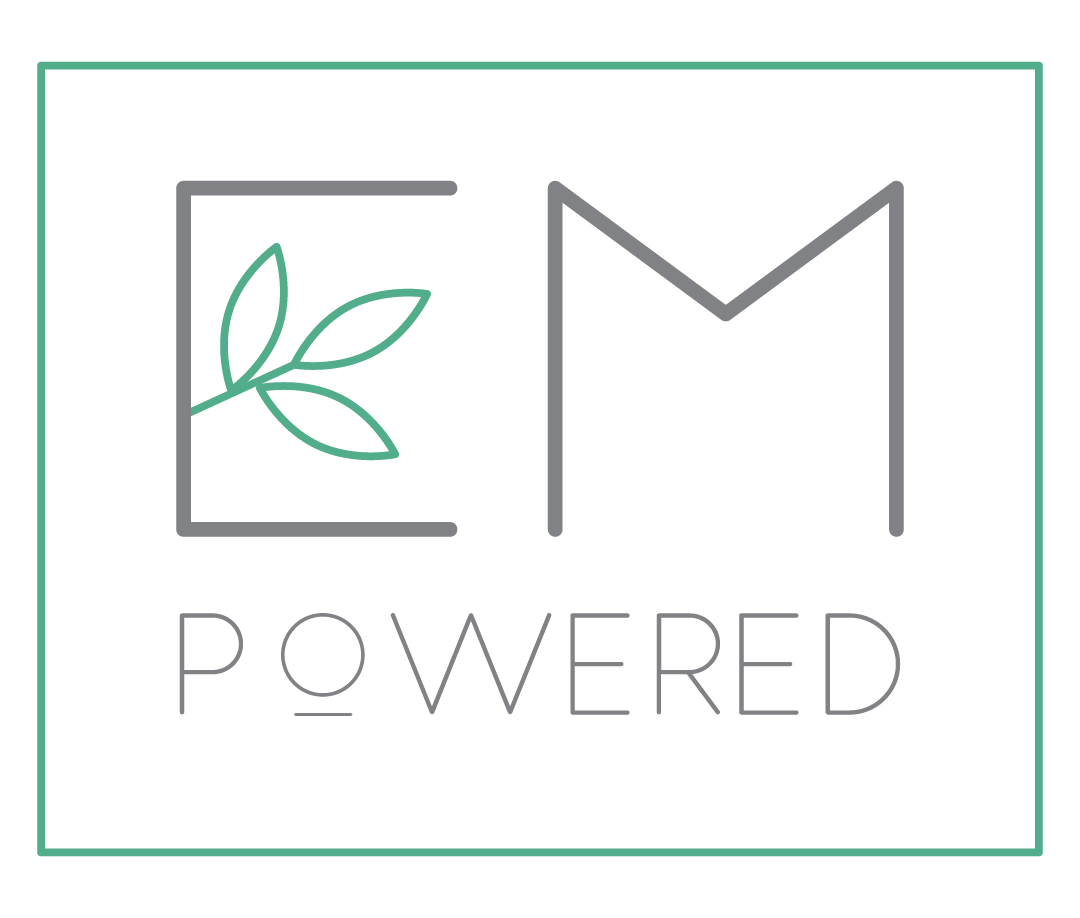cross-modal therapy
What does neuroscience, art, music, expressive dance, and memoir writing have to do with therapy? What does therapy have to do with authoring your own life story?
Recovering from trauma and other difficult life events becomes an obstacle when the continued story we tell ourselves is a damaging one. How can we escape a narrative of our own creation? We can only express so much through use of words, and our specific beliefs can sometimes be quite difficult to uncover. The time allotted with our therapist is brief, and we are seeking to gain as much understanding as possible as we attempt to sift through the chaotic mess of emotions we’re experiencing.
The word “therapy” is derive from the Greek word “therapaiea” meaning “the work of the whole.” The goal of therapy is to help the individual integrate all pieces of their story into one collective whole in order to liberate them to move forward with life, as opposed to remaining trapped in stories and patterns of the past. When our history includes hurtful experiences, we sometimes get stuck circling back around painful parts of the story, struggling to make sense of it and continually asking ourselves, “Why?”
The most effective forms of therapy seek to resolve trauma’s impact on all levels of neurocognitive functioning, which requires the activation of all centers of the brain. This enables all parts of the mind to contribute when problem-solving, finding solutions, integrating losses, tolerating stress and embracing victories that lead us to a resolute sense of self.
It is not an aimless or selfish goal to desire the regulation of disturbing imagery, uncomfortable physical sensations, or painful scenes from our earlier life. It is a courageous choice to repair the damage that has been done by choosing to re-write what has happened to us while utilizing all the creative tools therapy has to offer.
Cross-modal techniques utilize the nonverbal brain’s autobiographical pathways to access sensory emotional and imagistic material that we can work with, change, mold and re-form. By using this abstract form of dialogue we can gain emotional distance from past events, become empowered by color, form, sound, movement, and imagery, interpret and find deeper meaning around circumstances, and become less victimized by past experience.
This whole brain approach to therapy can be helpful for survivors of PTSD and child abuse.

